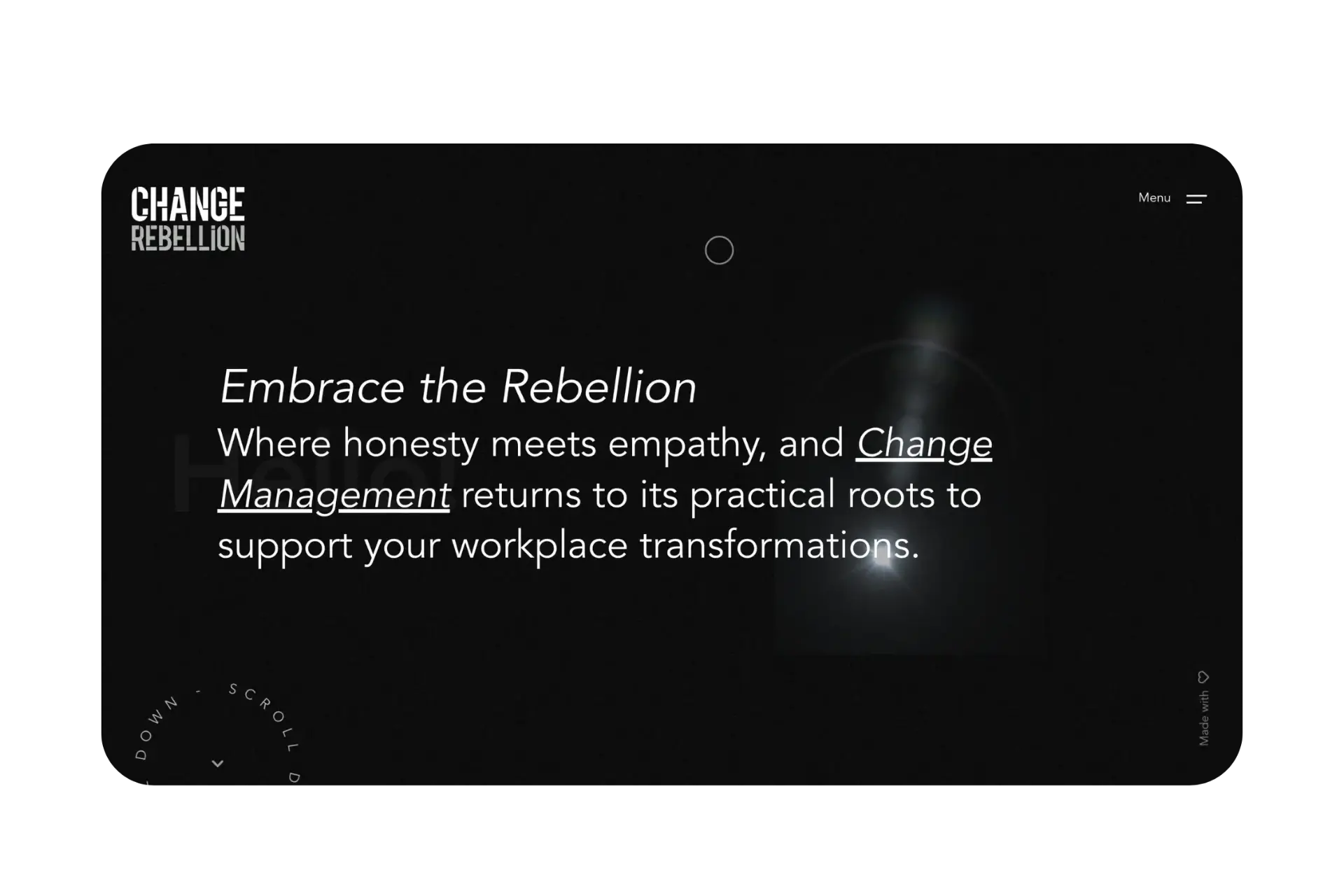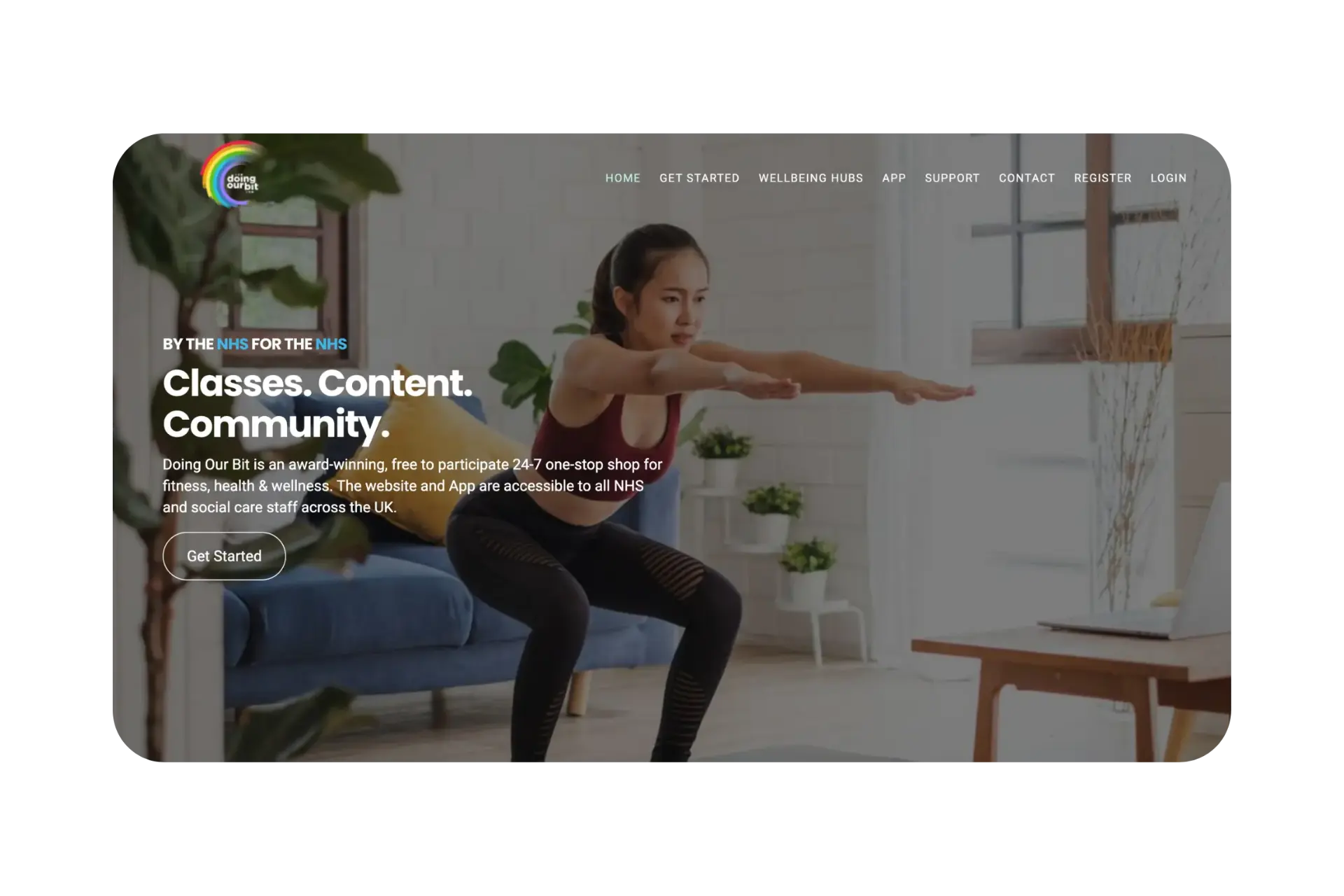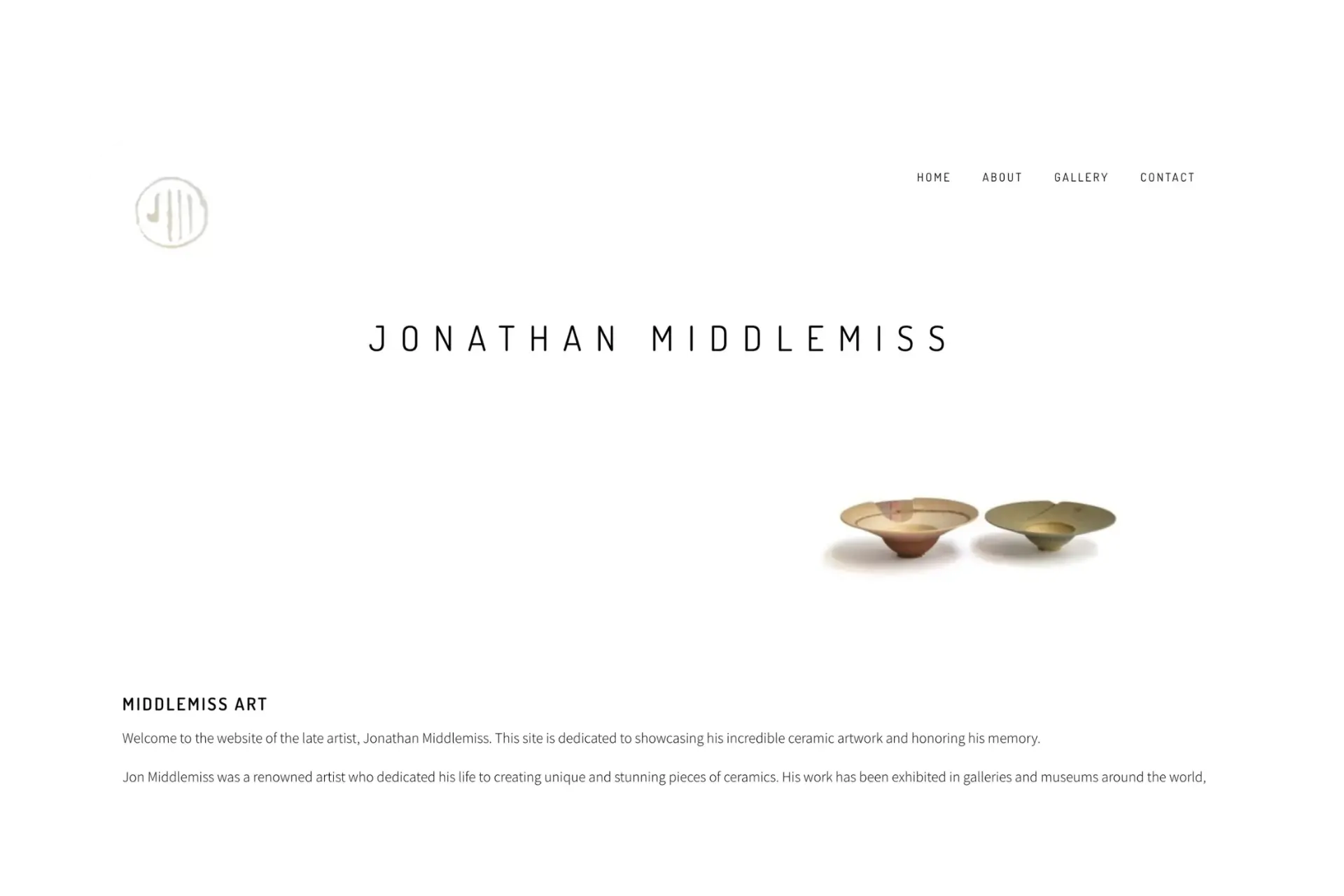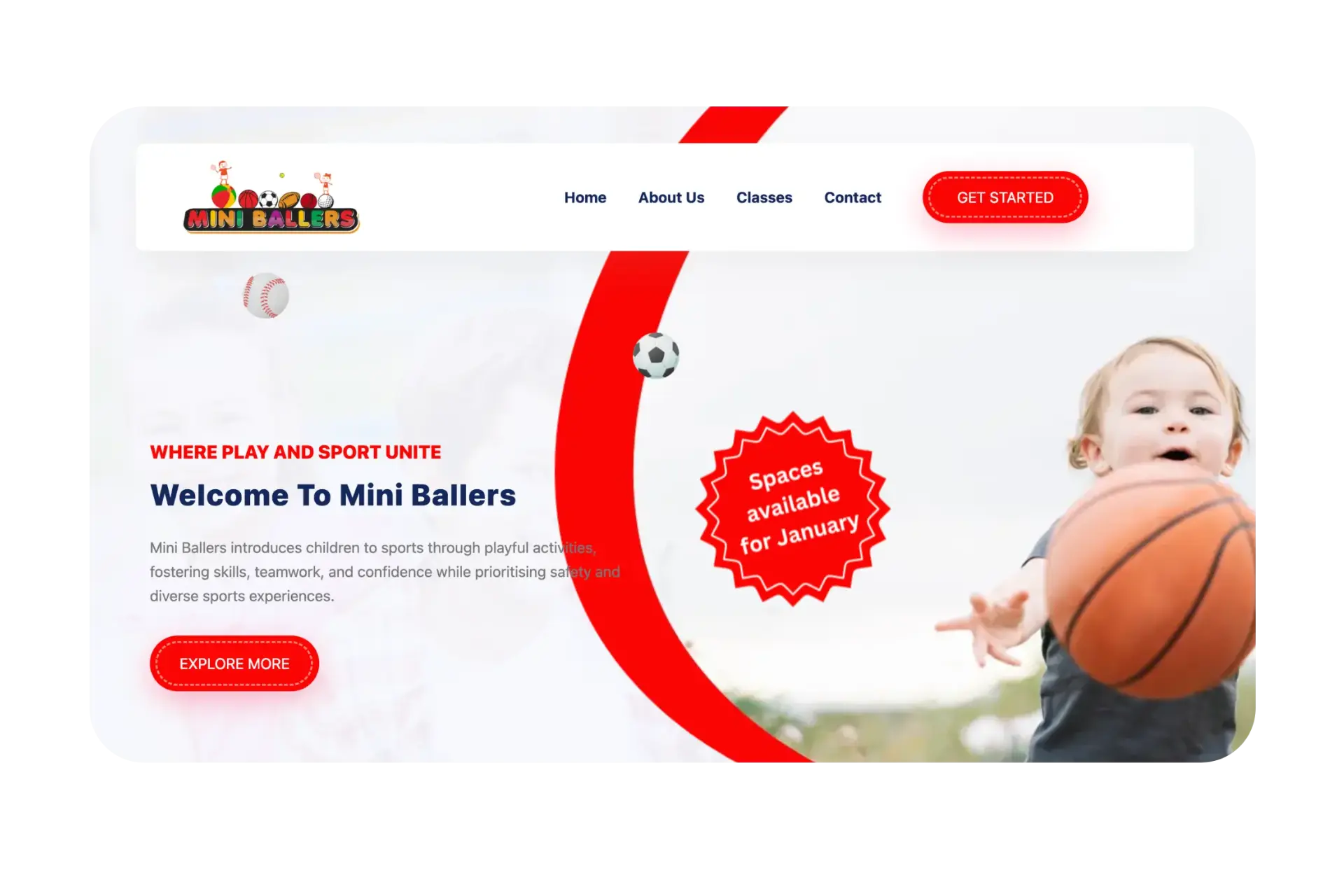The Power of Mobile-First Design
In today's digital age, the majority of people are glued to their mobile devices, making it more important than ever for designers to prioritise mobile-first design. This approach isn't just a trend; it's a necessity for creating user-friendly, accessible, and efficient digital experiences. But what exactly is mobile-first design, and why should you care? Let’s delve into the principles and benefits of this critical design strategy.
What is Mobile-First Design?
Mobile-first design is a strategy that involves designing for the smallest screen first—typically, a smartphone—before scaling up to larger screens like tablets and desktops. This approach ensures that the most essential elements of your design are prioritised, creating a seamless experience for users on all devices.
The Rationale Behind Mobile-First Design
- User Behaviour: Over half of global web traffic comes from mobile devices. Users are increasingly relying on their smartphones for browsing, shopping, and staying connected. A mobile-first design ensures you meet users where they are.
- Performance Optimisation: Mobile devices have limited resources compared to desktops. Designing for mobile first forces you to streamline your content and features, leading to faster load times and a more responsive site.
- Improved UX: A mobile-first approach prioritises essential features and content, making navigation straightforward and user-friendly. This simplicity often translates to a better user experience across all devices.
Principles of Mobile-First Design
- Content Prioritisation: Focus on what’s most important. Mobile screens have limited space, so prioritise content that delivers the most value to users. This often means stripping away unnecessary elements and zeroing in on key messages and actions.
- Responsive Design: Mobile-first design naturally leads to responsive design, where your site adjusts smoothly to various screen sizes. Using flexible grids and layouts ensures your site looks great and functions well on any device.
- Touch-Friendly UI: Mobile users rely on touch, so make sure buttons and interactive elements are easy to tap. Avoid small links or densely packed elements that could frustrate users.
- Optimised Media: Use high-quality images and videos that load quickly on mobile networks. Compress files and leverage modern formats to maintain quality without sacrificing performance.
Benefits of Mobile-First Design
- Enhanced User Engagement: By providing a smooth, intuitive mobile experience, you can keep users engaged longer. Happy users are more likely to convert, whether that means signing up for a newsletter, making a purchase, or sharing your content.
- SEO Advantages: Search engines like Google prioritise mobile-friendly websites in their rankings. A mobile-first design can improve your search visibility, driving more organic traffic to your site.
- Future-Proofing: With the proliferation of diverse devices—from smartwatches to large-screen TVs—starting with mobile ensures your design can scale effectively, no matter what new technology emerges.
- Cost Efficiency: Starting with a mobile-first approach can reduce design and development costs. Instead of retrofitting a desktop site to fit mobile, you build a scalable solution from the ground up, saving time and resources.
Real-World Examples
Companies that have successfully implemented mobile-first design are reaping the rewards. Take Airbnb, for instance. Their mobile app is lauded for its simplicity and user-friendly interface, contributing significantly to their growth and user retention. Similarly, Google’s mobile-first indexing pushes webmasters to prioritise mobile usability, resulting in better-performing websites.
Getting Started with Mobile-First Design
- Understand Your Audience: Analyse your user data to see how many visitors come from mobile devices. This insight will guide your design priorities.
- Sketch and Prototype: Start with wireframes and prototypes for mobile screens. Focus on key user journeys and essential features.
- Test and Iterate: Regularly test your design on actual devices. Gather user feedback and make iterative improvements to ensure the best possible experience.
- Stay Updated: Mobile technology and user preferences evolve rapidly. Stay informed about the latest trends and best practices to keep your designs relevant.
Embracing mobile-first design is no longer optional; it’s imperative. By putting mobile users at the forefront of your design process, you create a more inclusive, efficient, and enjoyable experience for everyone. As we continue to see an increase in mobile usage, a mobile-first strategy will not only improve user satisfaction but also drive business success. So, take the leap and start designing with mobile in mind—your users will thank you.
Remember, in the world of digital design, small screens can lead to big opportunities.




